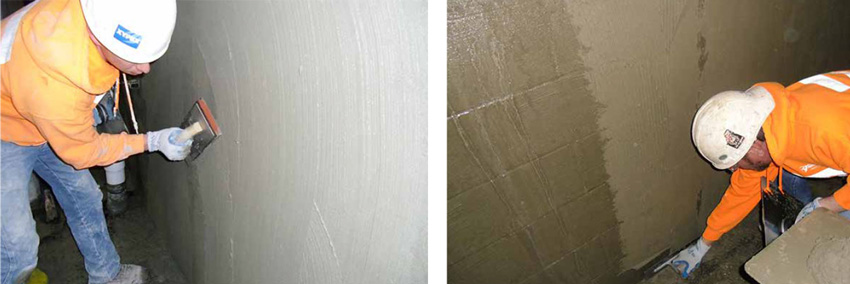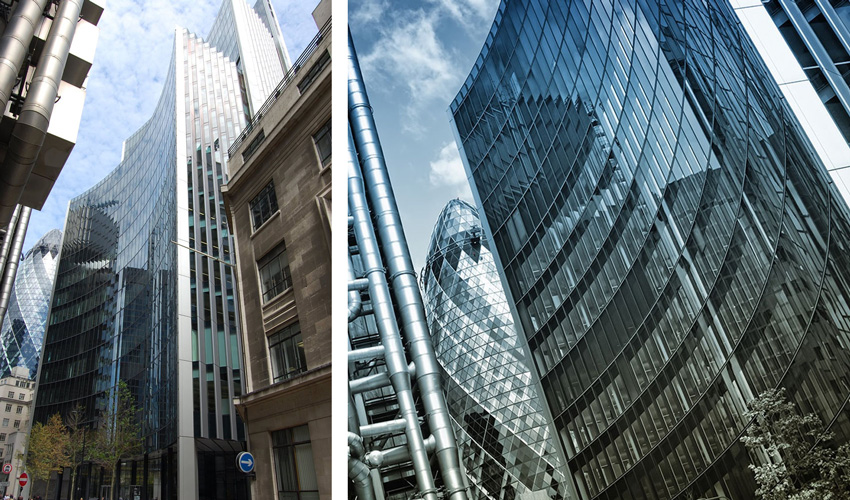Concrete Waterproofing Alternatives
Special Building Conditions
In addition to conventional concrete walls, floor slabs, and other structures, crystalline technology has been found to be particularly useful in building conditions that are more specialized or require more detailed attention. This can include the type of conditions described as follows.
Elevator Pits
Out of necessity, elevator pits are often the lowest points of excavation in a building. That means they breach the waterproofing continuity of the surrounding slab and need to be waterproofed in their own right. Exacerbating the issue is that the shape and geometry of typical elevator pits have more joints and variations, all of which usually offer more opportunities for water leakage. That can be a serious problem since equipment and/or materials in the pit need protection from water for smooth operation and long-term durability.
A common practice in elevator pits is to install a sump with a pump in the hope that any water that does find its way in will end up there and be pumped out. Of course, that does not help in a power outage, and even a sump with a cover will allow moisture to permeate up into the pit. A better solution is to use crystalline concrete in the elevator pit to assure a continuous waterproof enclosure. That way, water and moisture never get into the pit to begin with, equipment is protected, and it does not matter if the power is on or not to keep things dry.
Cisterns/Water Storage
A number of buildings may require bulk-water storage either to store water for fire protection or collect and store “grey water” for reuse in the interest of water conservation. An underground storage tank can be installed for this purpose, but sometimes it is more economical and space efficient to locate such a tank in the lowest level of a building and make it out of concrete. Waterproofing is clearly an important requirement in this case, and given all of the characteristics already described, crystalline concrete is an ideal solution for this circumstance. In fact, it has been used quite successfully not only for storing water in buildings but also all manner of infrastructure and water-processing and storage facilities.
Shotcrete Construction
Shotcrete is a technique where concrete is spray applied under pressure onto a substrate with reinforcing in place or another surface. It is most commonly used in heavy construction projects such as tunnels, highways, etc. but has also been used for foundations where lot-line restrictions do not allow excavation or access on both sides for formwork. Waterproofing such an installation is also problematic since adding membranes can be difficult or complicated. Instead, adding crystalline admixture to the shotcrete mix has been shown to be a very cost-effective and reliable way to provide waterproofing.













